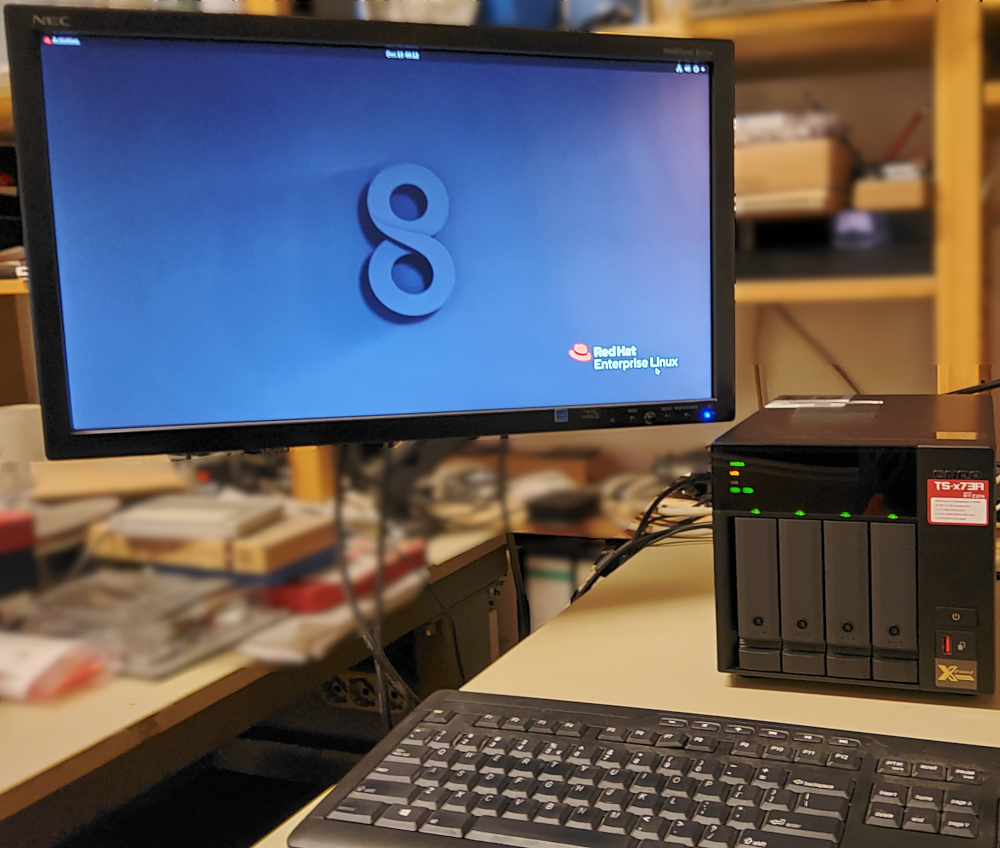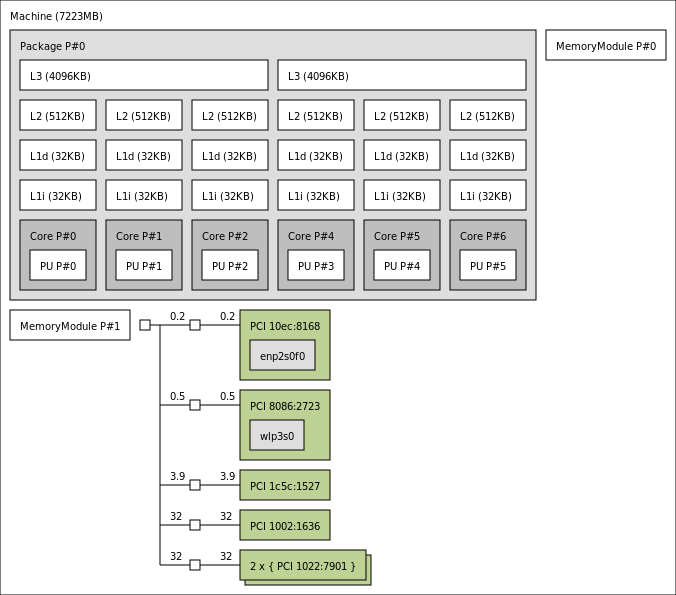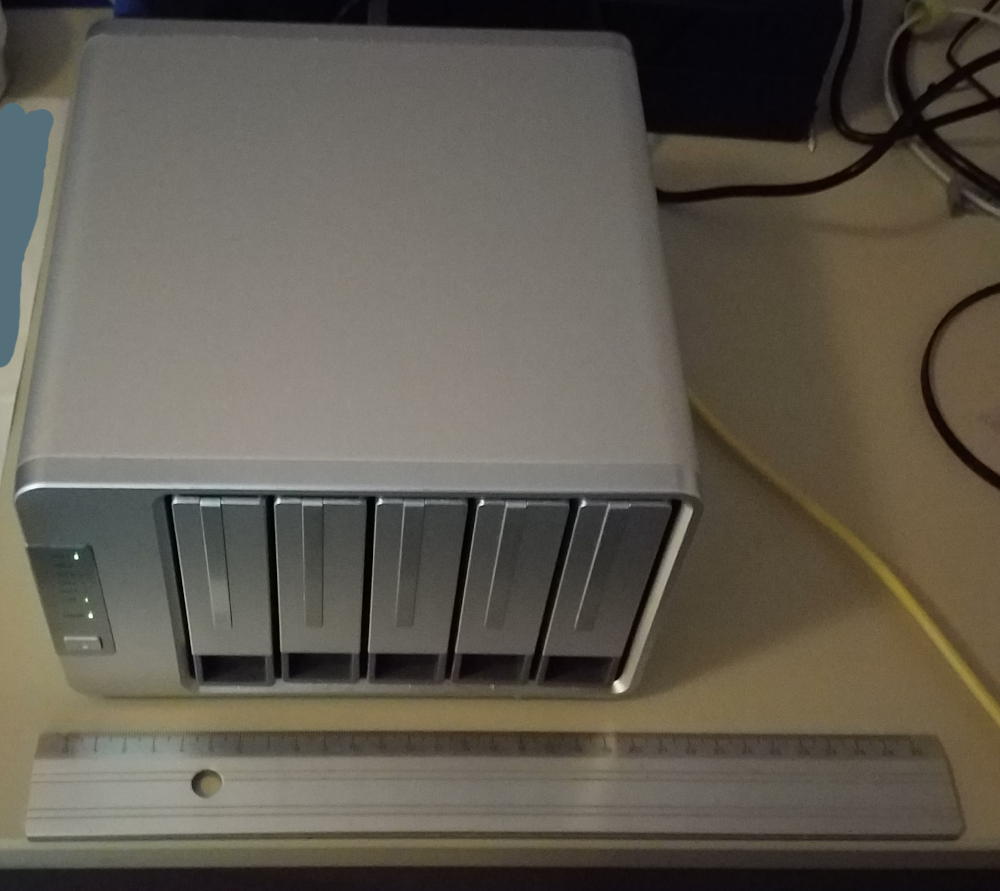RHEL
Resizing qcow2 Files Used by el8 VMs on a el7 Hypervisor
This is my braindump of using virt-resize to migrate 3 OpenShift 4 master VMs’ qcow2 disk files, on a CentOS 7 hypervisor,
from 70G each in one libvirt storage pool to 150G each in another pool.
Half of 960evo recycled from LVM cache for OCP4
This is my braindump of shrinking the existing 1TB LVM cache (on a Samsung 960evo) to half size and using the freed up space to host qcow2 files used by our OpenShift 4 VMs
Grow a Cached LV
Just the steps needed to grow a cached LV.
more NVMe storage
Added this to my server:
- Supermicro 2-Port NVme HBA AOC-SLG3-2M2-O
- 1000GB Samsung 960 Evo M.2 2280 NVMe PCIe 3.0 x4 32Gb/s 3D-NAND TLC Toggle
My braindump follows.
Windows 10 under KVM
These are my notes on installing Windows 10 Professional (English International) in a VM on a KVM libvirt hypervisor running on CentOS 7.
These notes also apply to Fedora and Red Hat Enterprise Linux 7 (RHEL7)
EPYC server as hypervisor
Since the new server is to be a hypervisor, there are configuration steps to be done.
My braindump follows.
IPMI hardware watchdog with RHEL 7 / CentOS 7
introduction
My new server has IPMI which includes a watchdog timer.
Since I regularly get told that hardware watchdogs are no fun to set up, I’ll record my setup steps for an IPMI watchdog here. This document is not about watchdogs in general, but rather specifically on how to use an IPMI watchdog on a recent Red Hat based distribution.
set fan thresholds on my Super Micro H11DSi-NT
The Super Micro remote management webUI is nice and even offers KVM with HTML5. But I much prefer using vendor agnostic IPMI directly instead of a vendor specific tool like iDRAC, iLO, etc.
These are my notes on setting fan thresholds via IPMI for my H11DSi-NT motherboard.
new server, EPYC 7351P based, hardware info
My significant other and I got ourselves a new home server.


